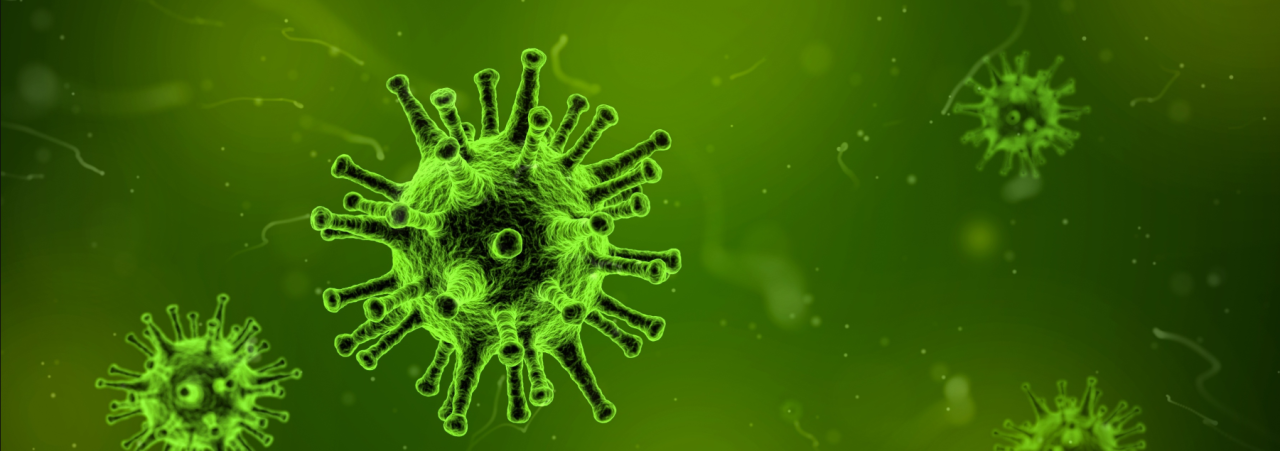
An Open Letter to the CFD Community: Can we please stop the sneezing simulations already?
Dear Fellow CFD Engineers,
I've noticed a dangerous virus that is spreading through our community. Fortunately, unlike the "other virus", this one does not cost lives, but it does have the potential to do real damage to the hard-won credibility of our community.
I first became aware of this “virus” late last year when Tesla unveiled its new unusually shaped Cybertruck. Within hours LinkedIn was awash with poor simulations of the aerodynamics of the wedge-shaped truck. Suddenly it seemed as if everybody and their dog had decided to portray themselves as an aerodynamics expert, reinforcing their “expertise” with fancy computer animations of the flow around the car. Well, when I say “the car”, what I really mean was "home-made CAD models that looked a bit like the Cybertruck" (and then only if you squinted). Even if you managed to ignore the obvious geometric shortcomings of these simulations, it was usually rather obvious that they were run using inappropriate made-up boundary conditions. Honestly, I’m glad we never saw the meshes. In some cases, you could see streamlines passing through the (obviously non-rotating) wheels.
Don’t get me wrong, I’m all about the democratization of simulation and I love seeing genuinely insightful simulations of everyday problems. But this kind of fluff helps no-one, it offers no insight into the actual problem, and worse it’s bad for the game. As widely accepted as CFD simulation is, as a community we aren’t immune to criticism from our detractors (and their accusations of “it’s all just color for directors”).
As crass as the Tesla simulations were, at least they weren’t distasteful. Unfortunately, that is no longer the case. In its latest “mutation” the virus now seems to have generated a thousand and one sneezing and coughing simulations that purport to offer insight into the spread of the coronavirus, but suffer from the same problems: poor geometries (that start at the nostrils rather than in the lungs), awful boundary conditions, and a general misunderstanding of the physics involved.
That’s not to say that there aren’t good simulations about sneezes; there are lots of them, but they are mostly published in peer-reviewed journals and not knocked up during an idle moment or someone’s lunch break.
One of the simulations I was sent today involved someone sneezing while running, covering the runner behind with mucus. This had been picked up by the tabloid press and published as "horrifying" scientific evidence that illustrates the danger of outside exercise during the coronavirus, adding unnecessarily to the considerable (and usually understandable) hysteria that surrounds this whole terrible situation.
I've spent nearly my whole career evangelizing the use of engineering simulation, so you won't often hear me say this, but sometimes CFD is not the best tool for the job. 2014 and 2016 experimental studies from MIT answered all of the questions you ever had about sneezing. After analyzing more than 100 real-life sneezes researchers concluded: "exiting the mouth, the exhaled fluid can form a wide sheet that balloons with the simultaneous expelling of air. As it travels through the air, the balloon bursts into thin filaments that eventually separate into individual droplets of various sizes that ultimately fall to the ground or remain suspended in the turbulent cloud."
Precisely none of the "marketing" sneezes that I have seen show particles being suspended in a turbulent cloud before bursting into thin filaments.
I’d argue that the world has enough problems dealing with the consequence of a real virus (that is claiming thousands of lives per day) and that we don’t need a viral wave of “fake news” simulations that are trying to exploit the crisis for personal (or worse commercial) gain.
Please keep yourselves and your families safe in these troubling times.
Best regards
Stephen
Architectural Designer
4yOkay, so you've torn down the Dutch/Belgian study. What do you recommend that is better? It is common sense that breathing the air that was just exhaled by another is a problem. Assuming you are walking or running or riding among others outdoors, and without any of them coughing and sneezing, what are the recommendations?
CTO at Sports Visio
4yyeah I went to your web link to see ``All my questions about sneezing answered'' It was a PR blurb about a lab setup. Did NOT answer my questions! Reference please!
Director of Wildlife Protection Programs at Earthtrust Wildlife Socitety
4yOK all. I'm not an engineer. I'm a citizen who wants to take reasonable precautions while walking outside during this COVID-19 outbreak. I've read your various disagreements of the simulation that I had come across which lead me to your discussion. I always appreciate scientific debate. That said, I need guidelines based on your collective expertise. I walk in an area in Hawaii with only the occasional walker, biker or jogger using the same route. Sometimes there are breezes. I wear a mask and regular glasses. Taking into consideration that an asymptomatic person who doesn't even know they have COVID- 19 might be breathing heavily as well as might sneeze for totally non-virus reasons, how far do you surmise that these particles might travel? Is it like cigarette smoke particles which according to smokefree.gov "can stay in the air for hours and travel up to 20 feet". Is using 20 feet as a minimum supported by your knowledge of the virus and how it travels?
Modelling and simulation consultant focussing on sustaibility and health
4yFor those interested in the walking/running particle simulation, there is a preprint of the paper at http://www.urbanphysics.net/COVID19_Aero_Paper.pdf
One Lawyer at Work - St. Louis / Las Vegas
4yWow. I never imagined a discussion on how snot travels could be so compelling!